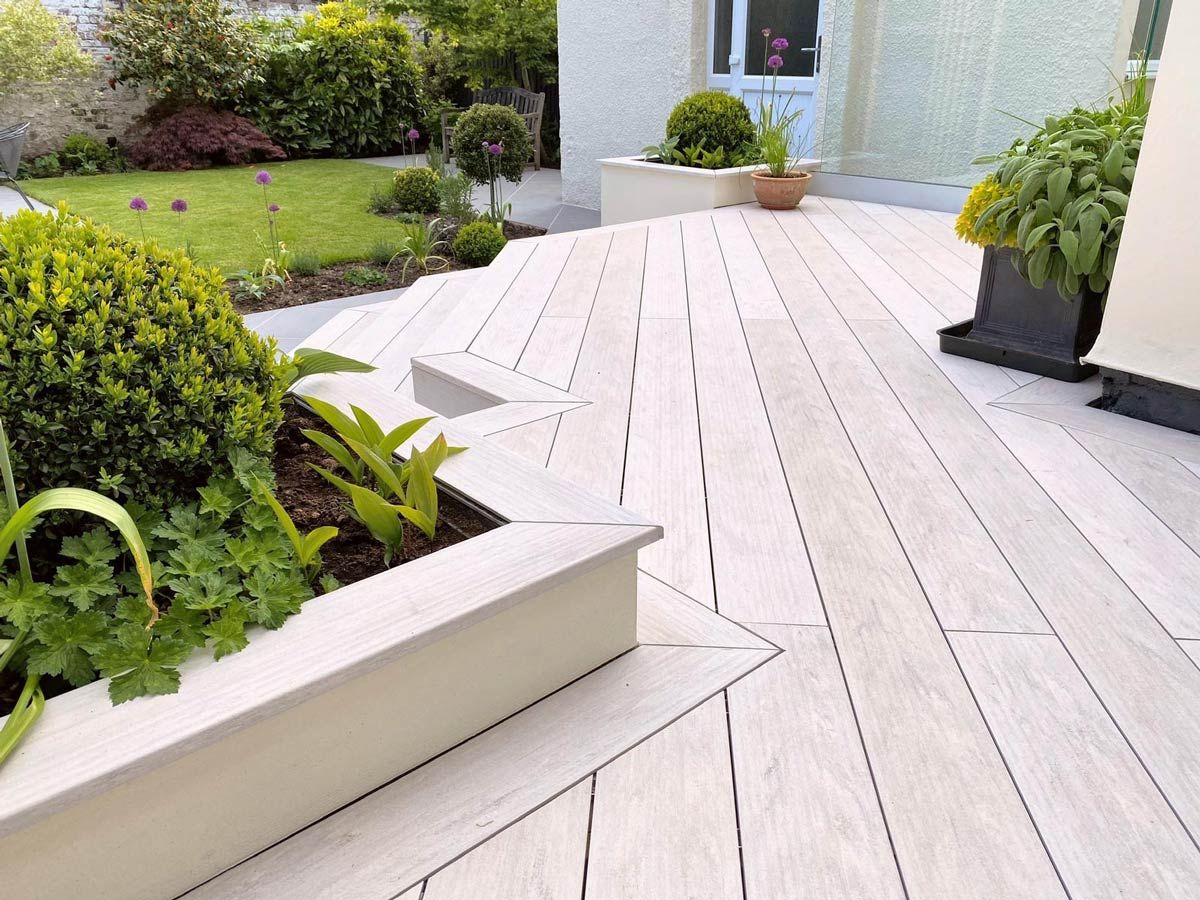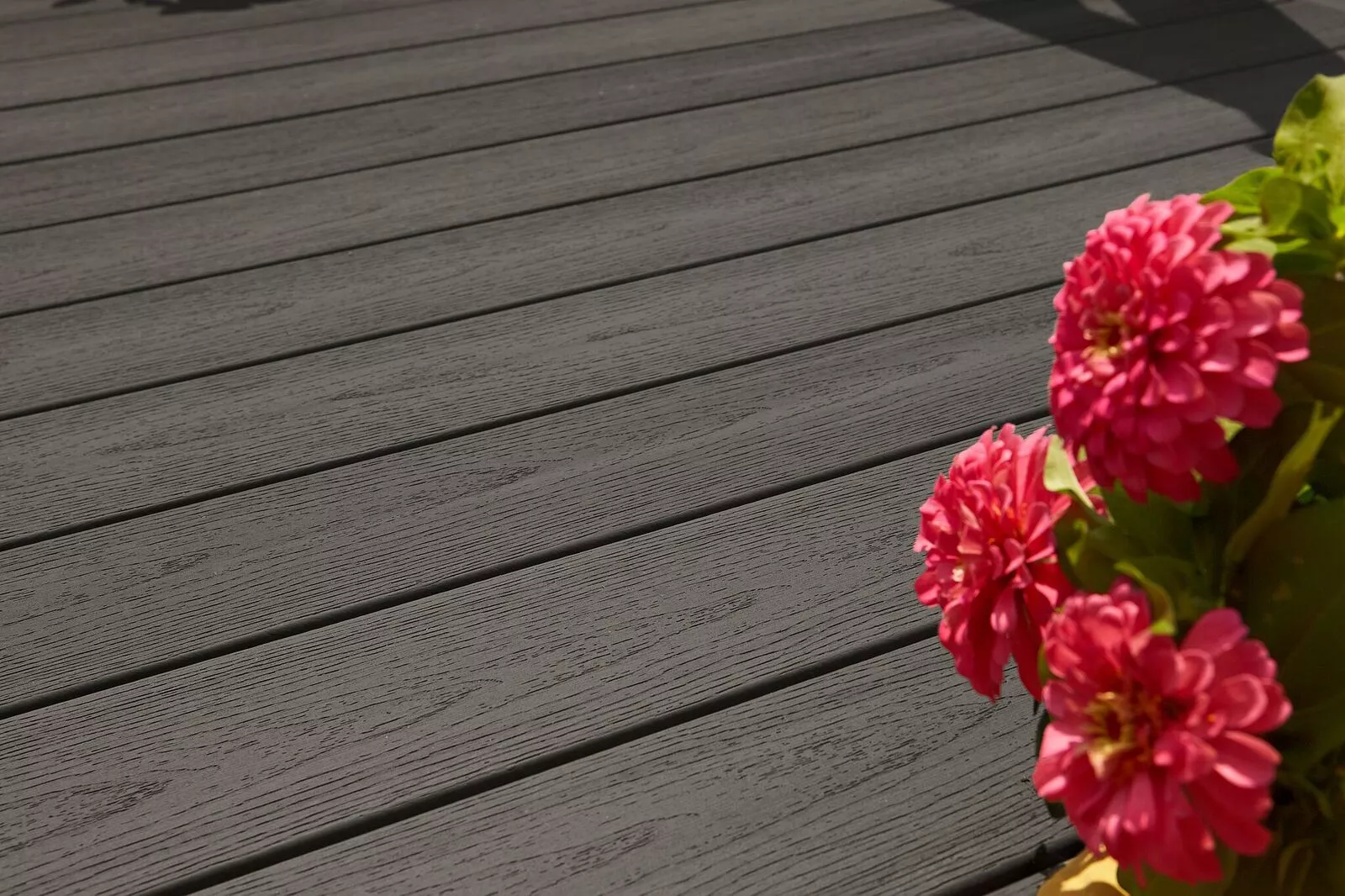
May 4, 2023
Pros and Cons of Composite Decking
An increasingly popular substitute for conventional wood decking is composite decking. Composite decking, which is made from a mixture of wood fibres and plastic, has some benefits over wood but also some drawbacks. The advantages and disadvantages of composite decking will be thoroughly discussed in this article.
Advantages of composite decking
1. Low care: Compared to wood decking, composite decking requires very little care. Homeowners can save time and money by using composite decking instead of wood because it doesn’t require staining or sealing.
2. Longevity: Compared to wood decking, composite decking has a longer lifespan. The majority of composite decking products are constructed from top-notch components that withstand fading, staining, and mould. Accordingly, composite decking can last up to 25 years or longer with the right care and upkeep.
3. Environmentally friendly: Recycled materials like plastic bags, milk jugs, and old shipping pallets are used to make composite decking. Composite decking contributes to a decrease in the volume of garbage dumped in landfills by employing recycled materials. Additionally, it lessens the need to clear trees, aiding in the preservation of forests.
4. Broad Range of Colours and Styles: Composite decking is available in a broad variety of colours and designs, allowing homeowners to select the ideal decking for their home. Composite decking can imitate the appearance of real wood or be found in a number of striking, contemporary hues.
5. Resistant to Rot and Insects: Composite decking is resistant to rot and insects like termites. This means that homeowners won’t have to worry about decaying boards or insect damage, which are issues with conventional wood decking.
6. Slip-Resistant: Composite decking is less likely to cause falls when wet, making it safer to walk on. This is a huge benefit for homeowners with kids or animals that might run around on the deck.
7. Simple Installation: When compared to conventional wood decking, composite decking is comparatively simple to install. A hidden fastener system is included with many composite decking products, making installation quick and simple.
The drawbacks of composite decking
1. Higher Initial Cost: Composite decking often has a higher initial cost than wood decking. Although composite decking may cost more up front, homeowners can end up spending less in the long run by avoiding the maintenance costs of wood decking.
2. Heat Sensitive: In direct sunshine, composite decking can become quite hot, making it uncomfortable to walk on, especially with bare feet. In warmer locations where temperatures might exceed 100 degrees, this could be an issue.
3. Scratches Easily: Composite decking is prone to scratches, particularly if furniture is dragged across the surface. Scratches can be ugly and challenging to fix.
4. Potential for Mold and Mildew Growth: Despite composite decking’s resistance to mould and mildew, there is still a chance for it to grow. Mould and mildew can develop on the deck if it is not properly maintained, and they can be challenging to get rid of.
5. Fading: Even though composite decking is made to resist fading, it still has a chance to do so over time, particularly if it is exposed to direct sunshine. Fading can be ugly and challenging to stop.
6. Expansion and contraction: Composite decking can swell and shrink in response to temperature fluctuations, warping or bowing the boards. If the decking is not installed correctly or is not given time to acclimatize to the local temperature, this could be an issue.
Conclusion:
In comparison to wood decking, composite decking has a number of benefits, including low maintenance, durability, and a large selection of colours and styles. It does, however, have certain drawbacks, including a higher upfront cost and a propensity for fading and scratching. Ultimately, your money, your priorities, and your personal tastes will determine whether you choose composite decking or wood decking.
← Back to our Blog

